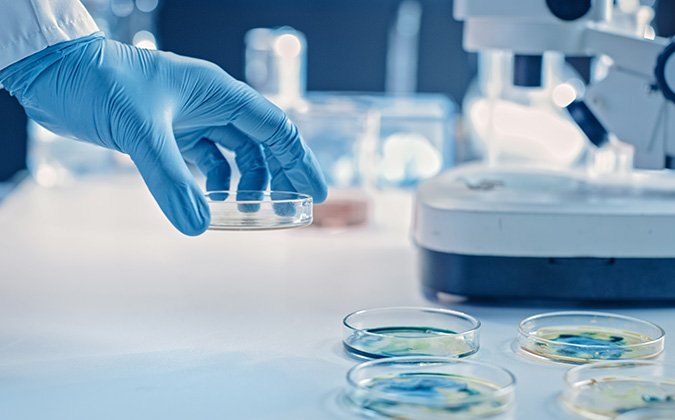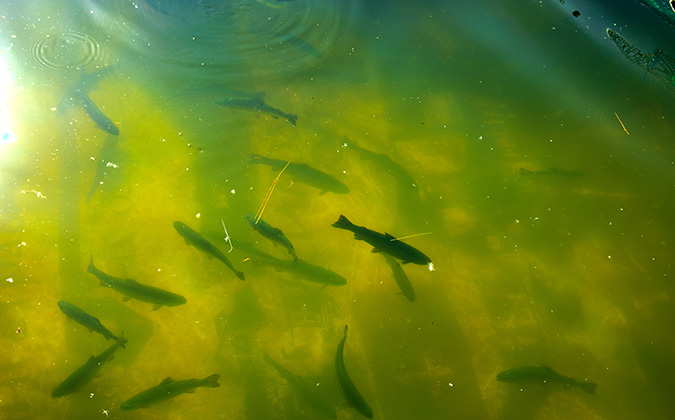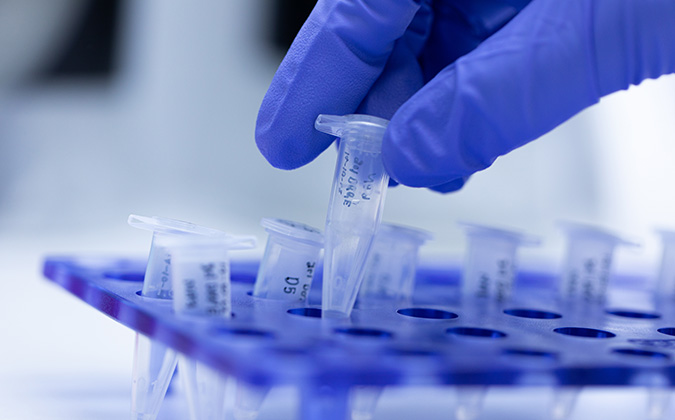
Reducing the need for live fish in vaccine research and development
Initiatives to avoid the use of live animals in research are happening across academia and industry worldwide, based on the “3 Rs” principles — replacement, reduction and refinement.
As such, it’s no surprise that in the research and development team of PHARMAQ in Norway things are also moving in this direction.
All registered drug products are required to go through batch-potency testing to demonstrate that the product holds the right quality and strength. Such testing is one of the main areas ripe for a shift from using live animals to other options, explained Monica Gausdal-Tingbø, principal scientist for the company.
“We do use a lot of resources on developing animal-friendly potency tests for our vaccines. It’s the No. 1 priority for all our projects. We only use challenge tests if other approaches haven’t succeeded,” she explained.
Moving batch testing to the lab
Blood tests may be used to determine potency in some cases, with fish vaccinated and then blood drawn to determine the antibody response rather than them being challenged with pathogens. This approach is regarded as a better alternative from an animal-welfare perspective than more traditional challenge tests, as the number of animals necessary is often reduced, while it also reduces suffering for the tested animals.
Other research scenarios — such as when antigens don’t naturally elicit a strong antibody response in fish — may be suited to pure in vitro testing, where active ingredients are quantified using lab assays rather than involving animals at all.
“That is, of course, the preferred method to test any drug that you want to release, because it is animal friendly. It also is more accurate, because you don’t have the influence from biological variations that you have with animal tests, regardless of if it’s fish, mice or whatever animal you would be using,” she said.
“In vitro tests are also less time consuming, since we do not have to wait for the required immunization period before we are able to get a potency result.”
An intensive process
Potency testing vaccines in live animals has not been phased out altogether, however, with certain scenarios meaning that it becomes the only realistic option available.
“Some antigens are more difficult to work with than others. And sometimes we just don’t succeed in making an in vitro assay, because perhaps we don’t have the relevant antibodies, or we don’t have the technology that’s required for that particular antigen.”
Such approaches are more time-consuming, with much of the work coming in developing and validating tests that can detect flaws in vaccine production.
“In vitro methods aren’t always that easy. I am sure, given the right amount of resources and time, it would be possible in most cases, but then we don’t have unlimited access to researchers and technicians,” she continued
“It’s a balance, and sometimes being able to enter the market fast with new products may be the best option, in order to reduce the suffering and mortalities of fish in production as soon as possible, if no current solution is available for a particular disease. It’s possible also to introduce replacement tests after products have been approved, by applying for license variations, which is something that we have done successfully for some common antigens that are used in several different vaccines.”
There is a focus on moving away from animal testing across the whole of Zoetis, Gausdal-Tingbø continued.
“The work that we have been doing to move away from using fish in the development and release of fish vaccines is also being replicated elsewhere in the company,” she said.
“Having such strong commitment to the initiative from senior leadership makes it easier to incorporate development of alternative tests early into project plans, even if it can often require more resources and time to deliver such products.”
Technology challenges
To date, greater progress in developing in vitro tools has been made for bringing to market medicines for humans and other animals than for fish, Gausdal-Tingbø suggested.
Fish cell lines are used for work such as toxicity testing, but when working with pharmaceutical products, these products also must be tested for safety and efficacy in the target animal. However, cell lines may have applications in initial screening and as model systems.
While there are other technologies which could further aid the move toward more fish-welfare-focused product development, further knowledge and training is likely to be needed, not just among scientists working in fish health research but also regulatory agencies, she noted.
Decisions around experimental practices also sometimes depend on what regulators in specific regions demand — with some favoring the familiarity of traditional challenge testing over the newer methods.
“I think we’re getting there. We are using quite traditional methods for now. But we do see that technology is progressing and that the future might have solutions that we haven’t yet explored,” she added.






